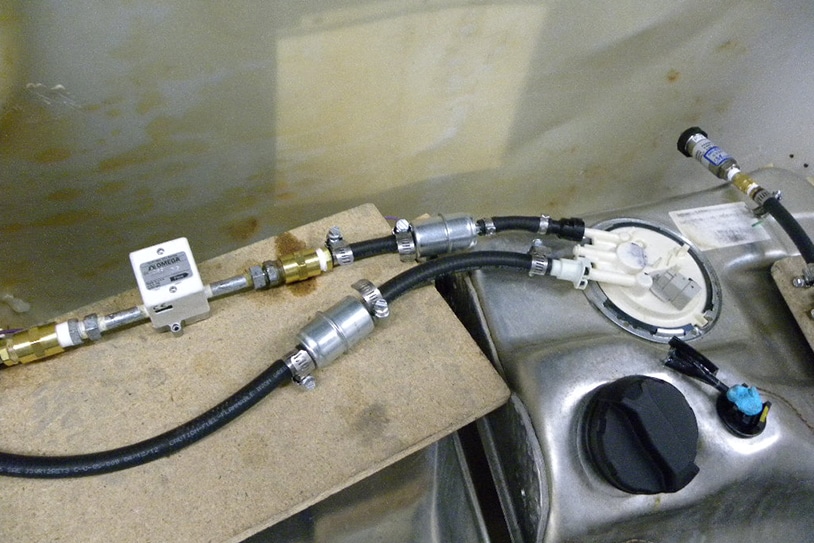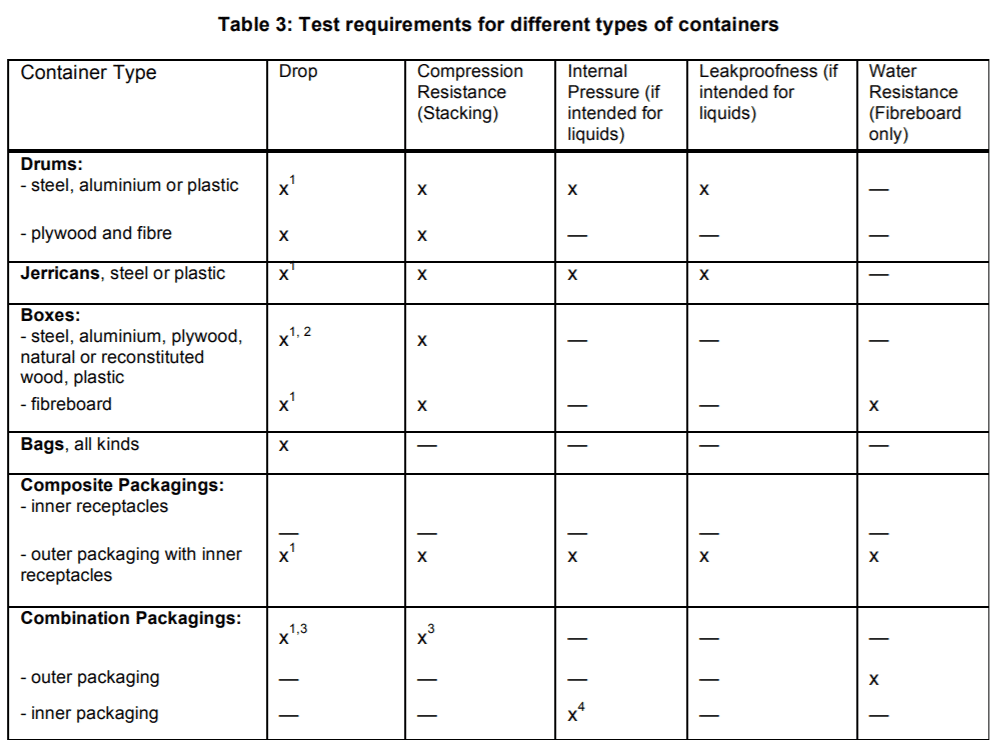
Transportation of Dangerous Goods (Hazmats) and Hazardous Materials Packaging Test
Micom offers test services according to TP14850, the Canadian regulation for Hazardous Materials packaging. Our complete range of services and expertise makes us the partner of choice for all your UN Box testing needs.
The Regulations for Transportation of Dangerous Goods (TDG Regulations) is the governing document for the transportation of hazardous material (colloquially referred to as “Hazmat”) in Canada. It is analogous to 49 CFR Parts 171-180 in the United States. The TDG regulations group dangerous goods into 9 classes using their state of matter (ex: liquid, solid, gas) and the specific hazard that they represent (ex: corrosive to skin, flammable, explosive). Some classes are subdivided into packaging groups based on the danger associated with the transportation of specific materials in that class:
- Packaging Group I: High level of danger
- Packaging Group II: Medium level of danger
- Packaging Group III: Low level of danger
Hazmats are identified by their UN number. Using this number and Appendix A of the TDG Regulations one can determine pertinent information related to a dangerous material such as its class, packaging group (if applicable), specific instructions related to transportation and packaging, as well as any exceptions associated to that material.
Containers used to store hazmats during transportation are also regulated within the TDG. Their main requirements are that they are compatible with the material being transported, are identified by their UN number, and are secured during transportation to prevent damage. Small containers (volume less than or equal to 450L) are further regulated by TP14850, which defines their design, testing, and manufacturing and also provides guidelines for proper selection and use. Prior to July 2014, small containers were tested under CAN/CGSB-43.150-97. Under TP14850 small containers are divided into 5 main types: Drums, Jerricans, Boxes, Bags, and Composite packaging. Combination packaging is also possible; for example: an outer cardboard box containing plastic bottles filled with liquid.
Of particular interest to Micom’s clients is Section 7 – Testing. Each small container destined to store dangerous goods must be subjected to a set of tests defined in Table 3 of TP14850:

*Note: Drop tests at ambient and low temperature (-18°C) may be required per TP14850 requirements.
Once the type of packaging and applicable tests have been identified, the containers are filled for testing. It is permissible, but not required, to fill the containers with a substitute material of similar relative density and viscosity as the hazmat in question. Micom highly recommends using this practice to avoid dangerous spills causing loss of product and potential injury during filling and testing. Once the containers are filled they are conditioned at the appropriate temperatures per section 7.3 and tested. The results are valid as long as no design variations are made to the container outside of those permitted in Section 8.
Micom is recognized by Transport Canada for UN box testing. We are also accredited ISO 17025 by the Standard Council of Canada and are ISTA accredited. For additional information about how we can help you with your testing needs, don’t hesitate to get in touch with our experts.
Disclaimer
All of the information and opinions contained in this blog are made with the information, and the understanding that we have reviewed at the time of publishing. However, despite our efforts, we do not offer any guarantee of their accuracy, thoroughness of our investigation or validity. The author of this blog is not liable for any inaccuracies or any losses or damages that may result from the use of the information or data contained herein. This blog has not been reviewed or verified for its accuracy by any peer group associates prior to publication.
Related links:
For additional test methods/services related to UN box testing; please see: CAN/CGSB-43.150, Hazardous materials, ISTA Testing, Package Testing


